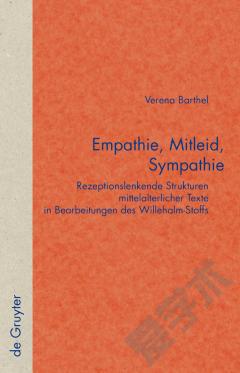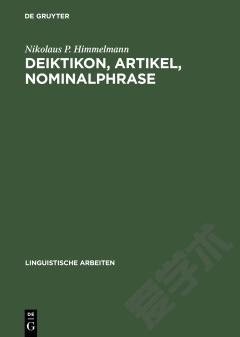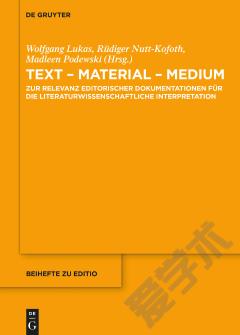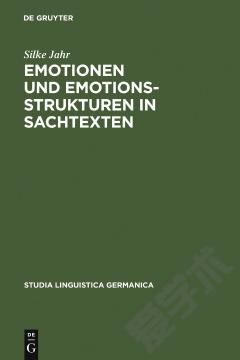Empathie, Mitleid, Sympathie —— Rezeptionslenkende Strukturen mittelalterlicher Texte in Bearbeitungen des Willehalm-Stoffs
----- 同理心、同情心、同情心:在威廉材料的安排中接受指导中世纪文本的结构
Wolfram von Eschenbach's Willehalm is one of the most-discussed German poetic texts from the High Middle Ages. To date, researchers have been unable to agree how to read this text - as a plea for the ideology of the Crusades, for tolerance or even for humanity. The present study seeks new answers to these important questions by evaluating the text structures predestined to influence the medieval reader or listener in their experience and judgement - when and for whom does the text evoke their empathy, their compassion or even their sympathy?
{{comment.content}}








 京公网安备 11010802027623号
京公网安备 11010802027623号